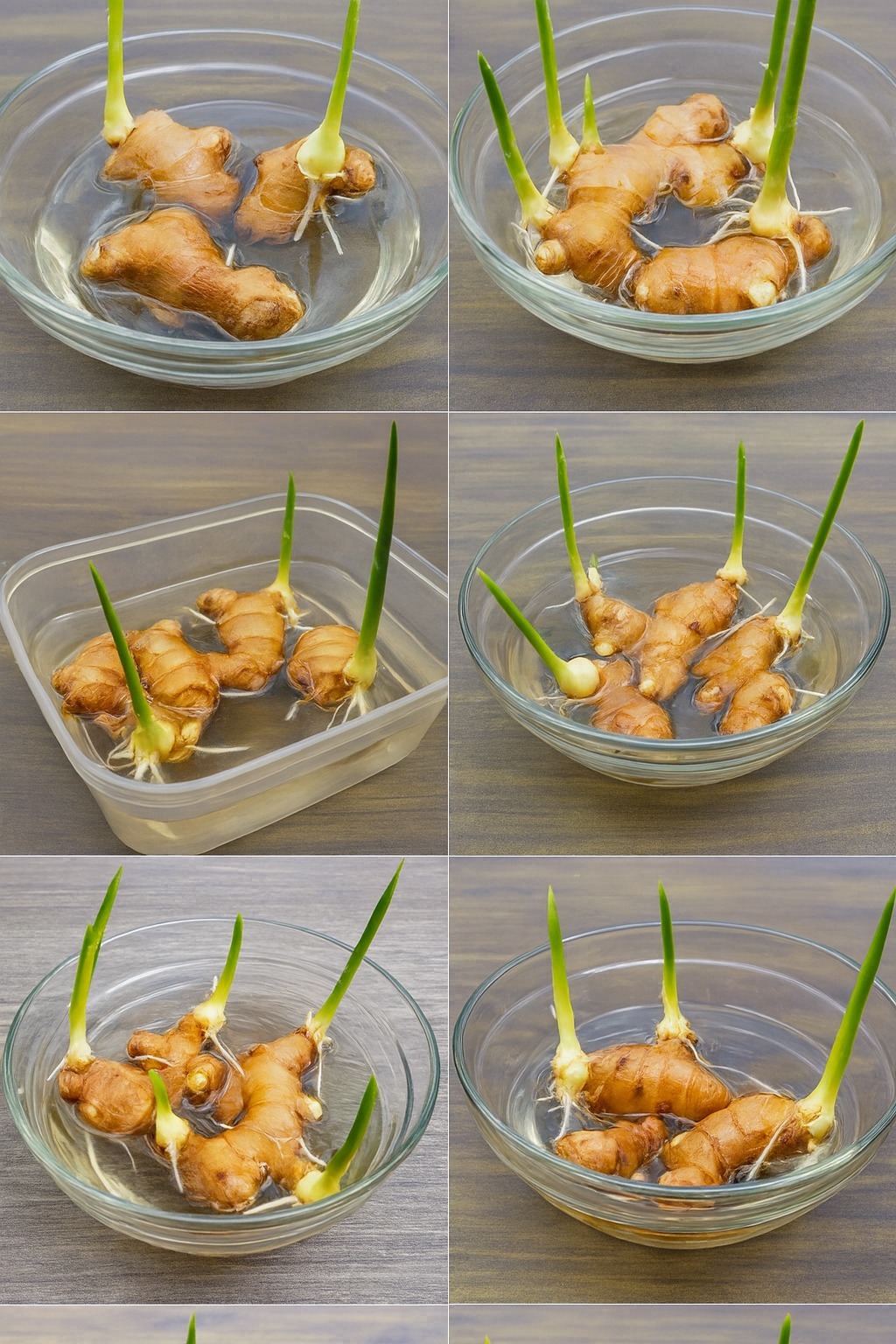Growing Ginger at Home: The Secret to Helping Your Family NEVER Run Out of Ginger!
Ginger is a powerful and versatile spice used in cooking, herbal remedies, and even beauty treatments. It is rich in antioxidants and has anti-inflammatory properties, making it a valuable addition to any household. The great news is that you don’t need a garden to grow ginger! With a few simple steps, you can cultivate ginger at home and ensure a continuous supply for your family.
In this guide, we’ll explore the secrets to successfully growing ginger indoors or in a small space so that you never run out of this amazing root.
Why Grow Ginger at Home?
Growing ginger at home has several benefits, including:
Endless supply – No more last-minute trips to the store!
Organic and chemical-free – Control how your ginger is grown.
Cost-effective – Buy ginger once, and grow it continuously.
Easy maintenance – Ginger is a low-maintenance plant that thrives with minimal care.
Aesthetic and aromatic – Ginger plants have lush green leaves that add beauty to any space.
Step-by-Step Guide to Growing Ginger at Home
Step 1: Choosing the Right Ginger Root
The success of your ginger plant starts with choosing the right root. Here’s what to look for:
Fresh, plump, and firm rhizomes (not dried or shriveled).
Healthy eyes or buds (small protrusions that will sprout into new plants).
Organic ginger (store-bought ginger may be treated with growth inhibitors, so organic is best).
If you only have store-bought ginger, soak it in water for 24 hours to help remove any growth inhibitors before planting.
Step 2: Preparing for Planting
Selecting the Right Container
Ginger grows horizontally, so choose a wide, shallow container (at least 12 inches in diameter and 8–10 inches deep). Ensure the container has drainage holes to prevent waterlogging.
Choosing the Best Soil
Ginger thrives in light, well-draining soil that is rich in organic matter. The ideal soil mix consists of:
50% potting soil
30% compost
20% sand or perlite (for aeration)
The soil should be slightly acidic (pH 5.5–6.5) for optimal growth.
